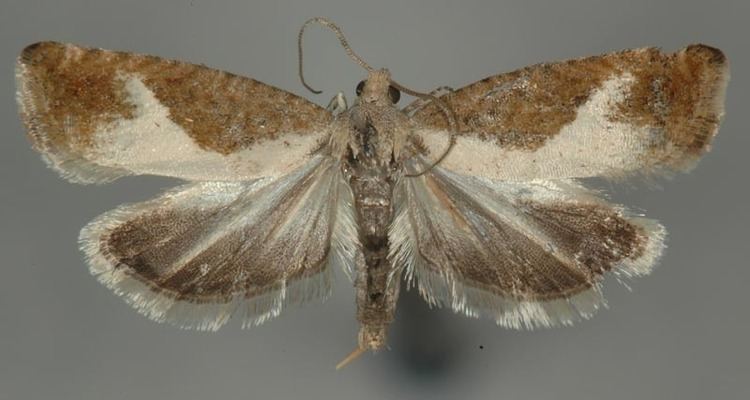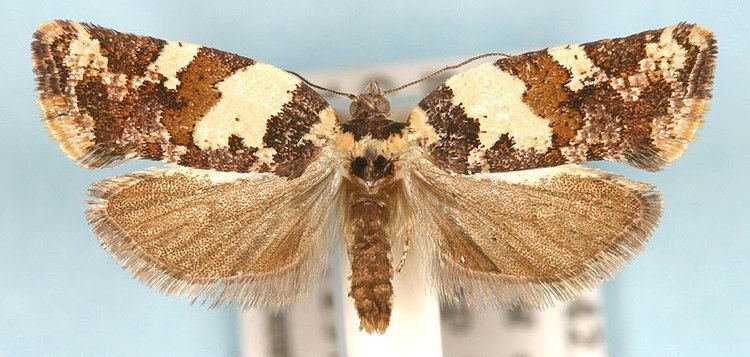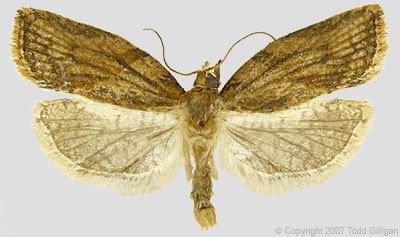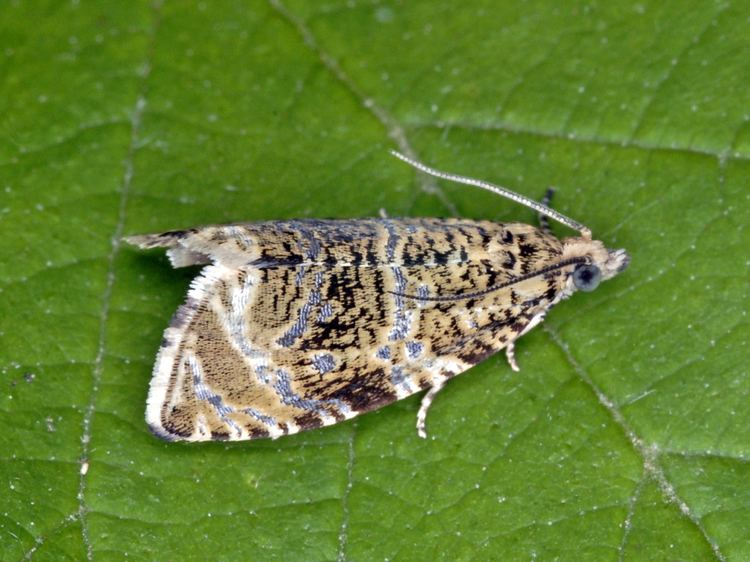Rank Family Higher classification Tortricoidea | Scientific name Tortricidae | |
 | ||
Superfamily TortricoideaLatreille, 1803 Lower classifications | ||
Spring spruce needle moth tortricidae archips on wall
The Tortricidae are a family of moths, commonly known as tortrix moths or leafroller moths, in the order Lepidoptera. Tortricidae is a large family with over 10,350 species described, and is the sole member of the superfamily Tortricoidea., although the genus Heliocosma is sometimes placed within this superfamily. Many of these are economically important pests. Olethreutidae is a junior synonym. The typical resting posture is with the wings folded back producing a rather rounded profile.
Contents
- Spring spruce needle moth tortricidae archips on wall
- Part 3 common olethreutine moths family tortricidae
- Some common tortricids
- A typical tortricid the codling moth
- References

Notable tortricids include the codling moth and the spruce budworm, which are among the most well-studied of all insects because of their economic impact.

Part 3 common olethreutine moths family tortricidae
Some common tortricids
The tortricids include many economically important pests, including:

See also Mexican jumping bean moth (Cydia deshaisiana)
A typical tortricid - the codling moth
The Tortricidae are considered to be the single most important family of insects that feed on apples, both economically and in diversity of feeding found on fruit, buds, leaves, and shoots. In New York, no fewer than 17 species of Tortricidae have gained pest status in regards to apple production.

The codling moth Cydia pomonella causes worm-holes in apples. It has been accidentally spread from its original range in Europe and is now found in North and South America, South Africa, Australia, and New Zealand, wherever apples are grown. Control has required the use of the harshest available insecticides - historically lead arsenate and DDT were used for control. These chemicals brought considerable environmental dangers, and in any case the insect gradually developed resistance to them. Currently, organophosphate sprays are favored and are timed carefully to catch the hatching larvae before they can bore into the fruit.


